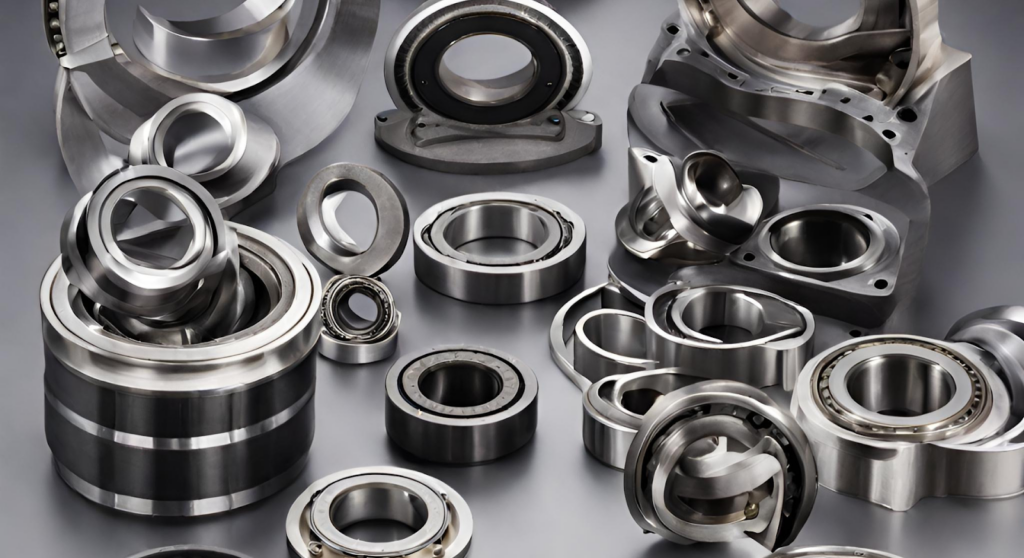Is your steering wheel shaking? Faulty hub bearings might be the cause. It’s a common and often overlooked issue.
Worn ハブベアリング[^1] cause wheel shaking[^2]. They affect vehicle stability and safety. Identifying and fixing the problem is crucial.

Let’s explore how ハブベアリング[^1] affect wheel shaking[^2]. I will share my understanding and experience in the mold industry. This should help you diagnose and fix the issue.
What Are Hub Bearings and Why Do They Matter?
What exactly are ハブベアリング[^1]? Why are they so important? Understanding their function is the first step.
Hub bearings connect the wheel to the axle. They allow the wheel to rotate smoothly. They support the vehicle’s weight and ensure stable handling.
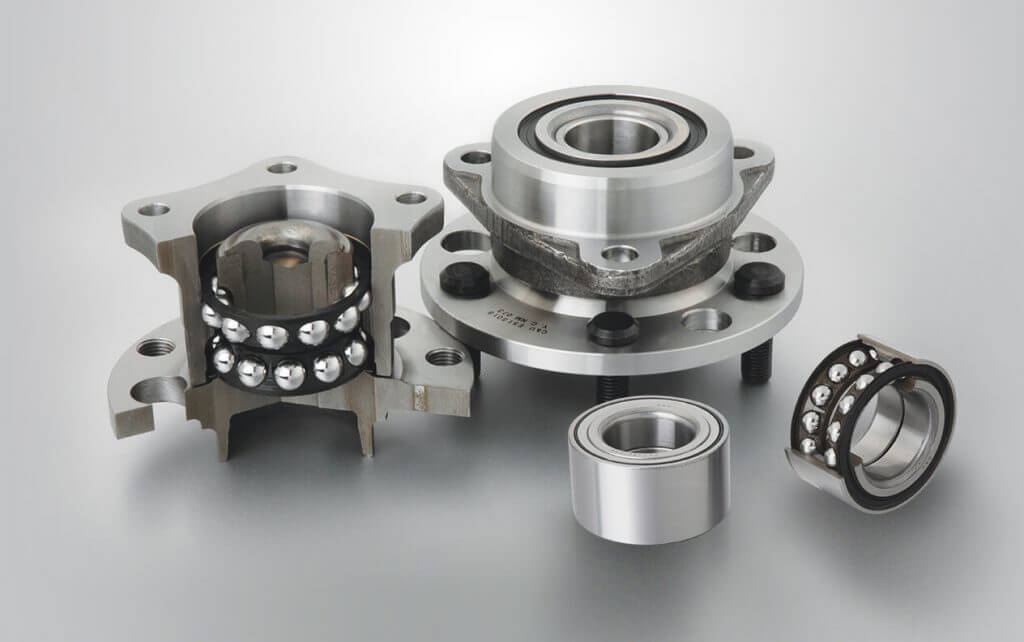
Hub bearings are critical components that enable the wheels to turn smoothly and safely. They sit between the wheel hub and the axle. Their construction usually includes steel balls or rollers.
These rolling elements are encased within inner and outer rings. As the wheel rotates, the hub bearing reduces friction, allowing for smooth movement while supporting the vehicle’s weight.
In the mold industry, similar bearings are used in rotary tables and automated machinery. Faulty ハブベアリング[^1] can lead to dangerous situations. Jacky, when designing automotive components, needs to understand how bearings impact overall vehicle stability[^3]. It’s critical to choose high-quality bearings.
How Do Worn Hub Bearings Cause Wheel Shaking?
How do worn ハブベアリング[^1] actually cause shaking? What’s the connection? The mechanics behind it are important.
Worn bearings develop play or looseness. This allows the wheel to wobble. The wobble causes vibrations that you feel in the steering wheel.
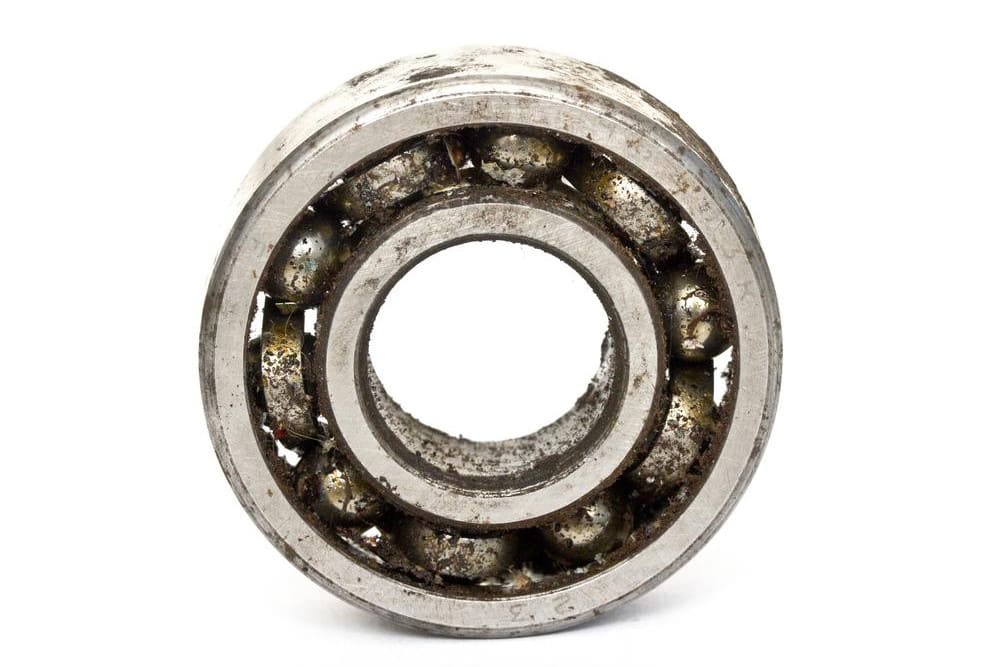
When ハブベアリング[^1] wear out, they develop play or looseness. This means the bearing’s internal components are no longer tightly fitted.
The wheel is then able to wobble from side to side or up and down. This wobble generates vibrations[^4] that transmit through the suspension system and into the steering wheel.
These vibrations become more noticeable at higher speeds. Think of it like a washing machine with an unbalanced load. The vibrations[^4] intensify as the machine spins faster.
Similarly, the faster the vehicle moves, the more pronounced the wheel shaking becomes. Replacing worn ハブベアリング[^1] restores the tight connection between the wheel and axle. The shaky ride will be history.
What Are the Other Symptoms of Bad Hub Bearings?
Besides shaking, what other signs indicate bad hub bearings? Are there other clues? Spotting these early saves time.
Other symptoms include:
- Noises: Grinding, humming
- タイヤの偏摩耗
- Looseness
Address these issues promptly to prevent further damage.
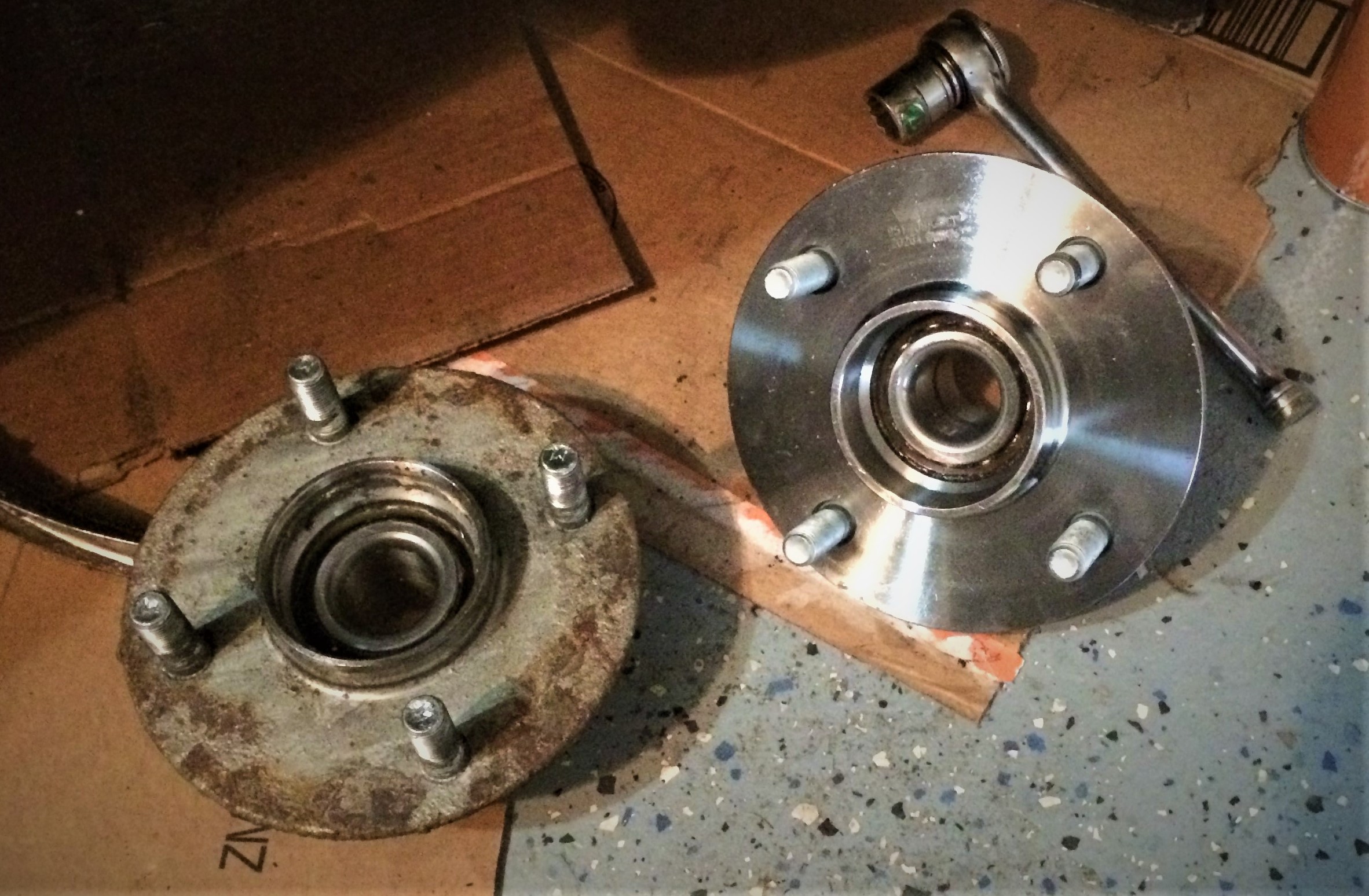
Besides wheel shaking[^2], worn ハブベアリング[^1] exhibit different symptoms. Grinding or humming noises[^5] coming from the wheel area are common indicators. These noises[^5] often change in pitch or intensity as vehicle speed varies.
Uneven tire wear is another sign. As the wheel wobbles due to the bad bearing, it causes inconsistent contact with the road surface.
This leads to certain sections of the tire wearing out faster than others. You might notice play or looseness in the wheel when the vehicle is lifted.
Grab the tire at the 12 and 6 o’clock positions and try to rock it back and forth. Significant movement indicates a worn hub bearing. Ignoring these symptoms can lead to more severe problems.
How to Inspect and Replace Hub Bearings?
How do you check and replace hub bearings[^6]s](https://www.mevotech.com/article/wheel-bearings-and-hubs-101-what-you-need-to-know/)[^1]? Can you do it yourself? Knowing the process is essential.
Inspect by listening for noises[^5] and checking for play. Replacement involves removing the wheel, brake components, and hub assembly. Professional help ensures proper installation.
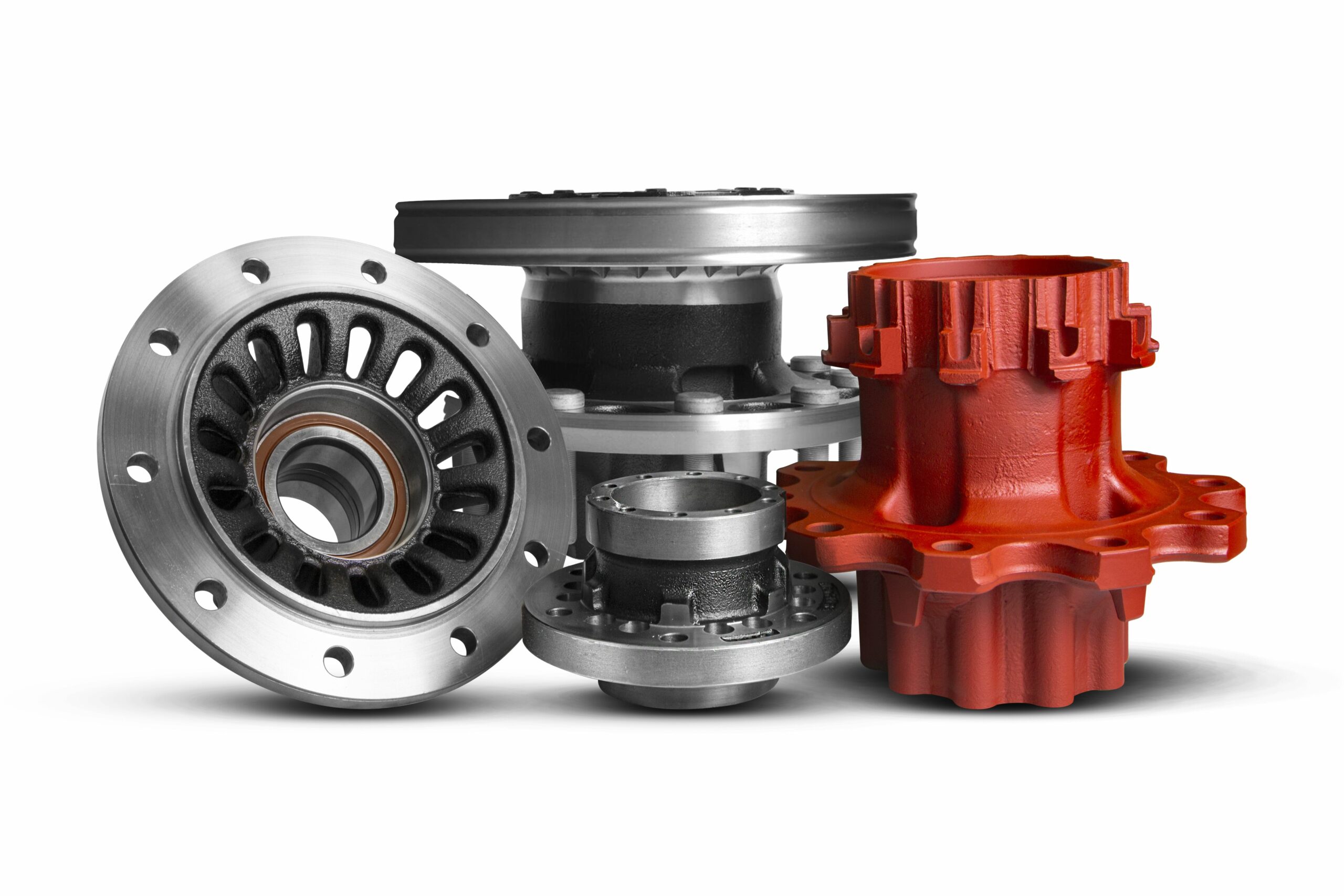
To inspect hub bearings, start by listening for unusual noises. A mechanic friend of mine always uses a stethoscope to pinpoint the exact location of the noise.
Next, lift the vehicle and check for play in the wheel. As mentioned earlier, grab the tire at the 12 and 6 o’clock positions and try to rock it. If you detect excessive movement or hear clicking sounds, the bearing is likely worn. Replacing a hub bearing is a complex task.
It requires specialized tools and knowledge. Removing the wheel, brake caliper, rotor, and hub assembly properly is essential. Pressing the old bearing out and the new bearing in requires a hydraulic press.
Given the complexity and the importance of proper installation, I recommend seeking professional assistance for hub bearing replacement.
Worn ハブベアリング[^1] cause wheel shaking[^2] and affect safety. Recognizing the symptoms and acting quickly is vital.
[^1]: Understanding hub bearings is crucial for vehicle safety and performance, making this resource invaluable for car owners.
[^2]: Exploring the causes of wheel shaking can help you diagnose issues early and maintain vehicle safety.
[^3]: This link will provide insights into the critical role of hub bearings in ensuring a stable and safe driving experience.
[^4]: Understanding how vibrations impact driving can help you address issues before they escalate.
[^5]: Learning about the noises associated with bad bearings can help you catch problems early and avoid serious damage.
[^6]: Understanding the replacement process can save you time and money, whether you do it yourself or seek professional help.

